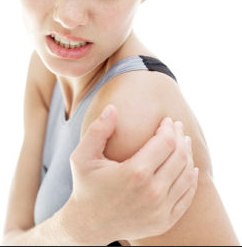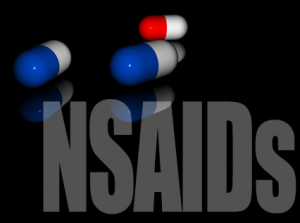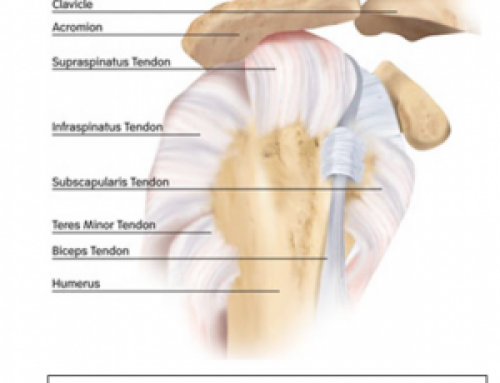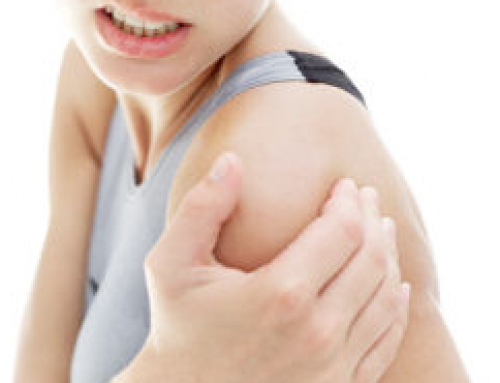 The shoulder joint is a ball and socket joint that connects the humerus (upper arm bone) to the clavicle (collarbone) and the scapula (shoulder blade). The deltoid raises the arm to the level of the shoulder and slightly above. The rotator cuff muscles (supraspinatus, infraspinatus, teres minor, subscapularis) provide stability to the humeral head, preventing it from moving around too much and keeping it centered in the shoulder socket.
The shoulder joint is a ball and socket joint that connects the humerus (upper arm bone) to the clavicle (collarbone) and the scapula (shoulder blade). The deltoid raises the arm to the level of the shoulder and slightly above. The rotator cuff muscles (supraspinatus, infraspinatus, teres minor, subscapularis) provide stability to the humeral head, preventing it from moving around too much and keeping it centered in the shoulder socket.
Rotator cuff injuries occur when the tendons of the rotator cuff muscles are torn. The tendon is considered torn when it is partially or completely torn from the head of the humerus, resulting in a partial or full-thickness tear.
These tears have two major causes: acute tears from injury and degenerative tears from constant wear and tear. Surgical repair is recommended for those with large tears, those with reduced function and strength in the affecting shoulder, those with acute injury, and those with persistently degenerating function.
While the initial treatment is always conservative and medical, this can progress to the point of requiring surgery if left unchecked. The following are ways that you can avoid surgery for Rotator Cuff Injury:
- Prevention of Injury
The easiest way to avoid the need for rotator cuff surgery is to avoid injury to the shoulder joint. Remember that injury and damage to the shoulder weakens the joint, increasing the risk for surgery. Making sure that the shoulder is stable when you conduct physical activities is essential to avoiding injury.
- Rest
Overuse can lead to excessive wear and tear, eventually leading to degeneration of the tendons of the rotator cuff, leading to injury. In  cases when the tear is only minor and does not require surgical injury, it would be better to let the joint rest every now and then.
cases when the tear is only minor and does not require surgical injury, it would be better to let the joint rest every now and then.
Placing cold compress can ease the pain and can reduce the inflammation in the acute phase of injury, while warm compress is recommended to promote healing. You may also be advised to avoid certain physical activities, or motions that can aggravate your injury.
- NSAIDs
Symptoms of pain and inflammation are managed with oral medications such as are non-steroidal anti-inflammatory drugs (NSAIDs). These do not directly promote healing but reduce the symptoms of pain and inflammation. Commonly used drugs are mefenamic acid, diclofenac, and naproxen. Pain management is essential for other treatments, such as physical therapy and rehabilitation. Be sure to talk to your physician about things to watch out for (such as ulcers and hyperacidity) during NSAID therapy.
- Physical Therapy
Physical therapy and rehabilitation can provide balance and develop muscle strength and stability. Strengthening the rotator cuff muscles will improve the alignment of the shoulder joint and reduce the symptoms. However, this should only be done once the tears in the rotator cuff have healed.
- Bracing
Providing shoulder support with a mechanical brace provides increased support and stability to the joint. This provides the dual advantage of stabilizing the joint and preventing re-injury. Bracing can also be integrated into a physical therapy and rehabilitation program.
6. Injections
Shoulder injections may help dramatically with pain relief. This may consist of steroid injections with cortisone, or it could be regenerative medicine procedures with stem cell therapy. Dr. Raj offers both procedures. The stem cell procedures have potential to repair and regenerate the damaged tissue and have been excellent for helping athletes get back to high levels of competition.




